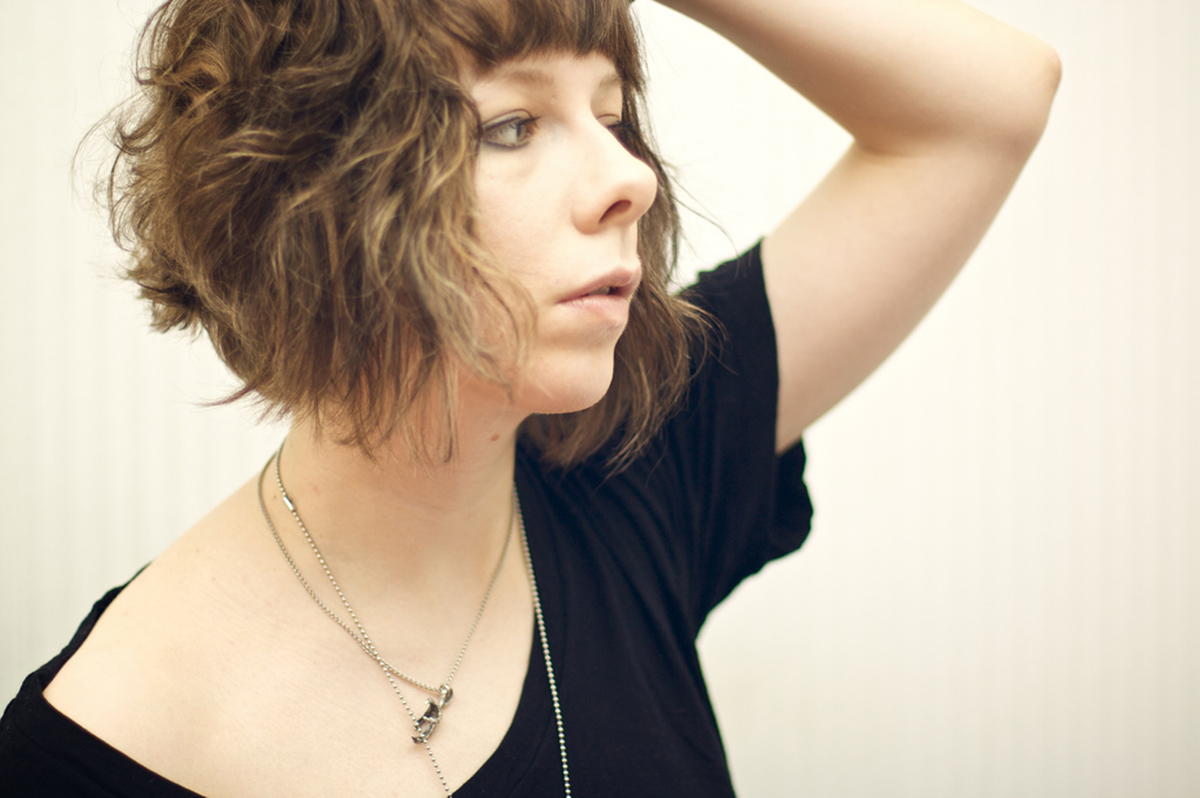Table of Contents
When we say perm, what comes to mind? Crunchy corkscrews? A slightly kinky, dry 'do? Well, that might have been true of the perms of the 1980s, but today's perms are far more glamorous - which is exactly why you should think about taking the plunge! You can get everything from gorgeous Hollywood curls to beachy waves and everything in between. Just show your stylist a photo of the style you'd like to emulate and they should be able to copy it - it's actually that simple!

Unfortunately, though, the amount of people that think of "perm" and immediately link it with awful, awful, awful styles and hair that's in even worse condition means that hardly anyone even thinks that salons do perms anymore. But they do. Oh yes, they do. How do you think the celebs have gorgeous waves year round? Yep, they have help from stylists, but when their hair looks perfect when they nip to the shops it isn't only due to a combination of genetics and a stylist - it's due to a perm!
So How Does Perming Work?
Perms are called perms because they are just that - permanent.
If you follow the instructions given to you by the salon, using color safe shampoo and conditioner and using heated appliances as rarely as you can (which, if you've had a perm because you want wavy hair, why are you straightening it?), it can last for even longer.
The general process of a perm involves rolling the hair up into curls, pinning it into place to hold the roll, then setting it with chemicals of some sort. The size of the wave and the set of the curl depends largely upon how tight the roll is and the size of the curling rods used, and the chemicals used will dictate how the end result feels.
The perming process works like this.
See Also: What You Need To Know About Permanent Hair Straightening
The medulla is made up of salt bonds, hydrogen bonds and disulfide bonds. Disulfide bonds are what gives your hair a wet texture when its wet - and these are the bonds that change during the perm. Disulfide bonds are broken by water fairly easy, and when wet hair is wrapped around a perming rod and chemicals applied, those bonds are "reset" to that shape, and when the hair is released from the rods, the weight of it will pull the curl, resulting in a wave rather than a tight corkscrew. Smaller rods are used for smaller, tighter curls, and larger rods for larger, loose waves. Old '70s style perms were created with a lot of chemicals and some very thin perming rods, whereas the newer perms use larger, softer rods and gentler chemicals, resulting in a much more natural finish that is far gentler on hair.
- http://www.xovain.com/hair/what-a-contemporary-perm-looks-likePhoto courtesy of Idhren via Flickr: www.flickr.com/photos/idhren/4278135827
- Photo courtesy of JamesDPhotography via Flickr: www.flickr.com/photos/jamesdphotography/3591461657


Your thoughts on this